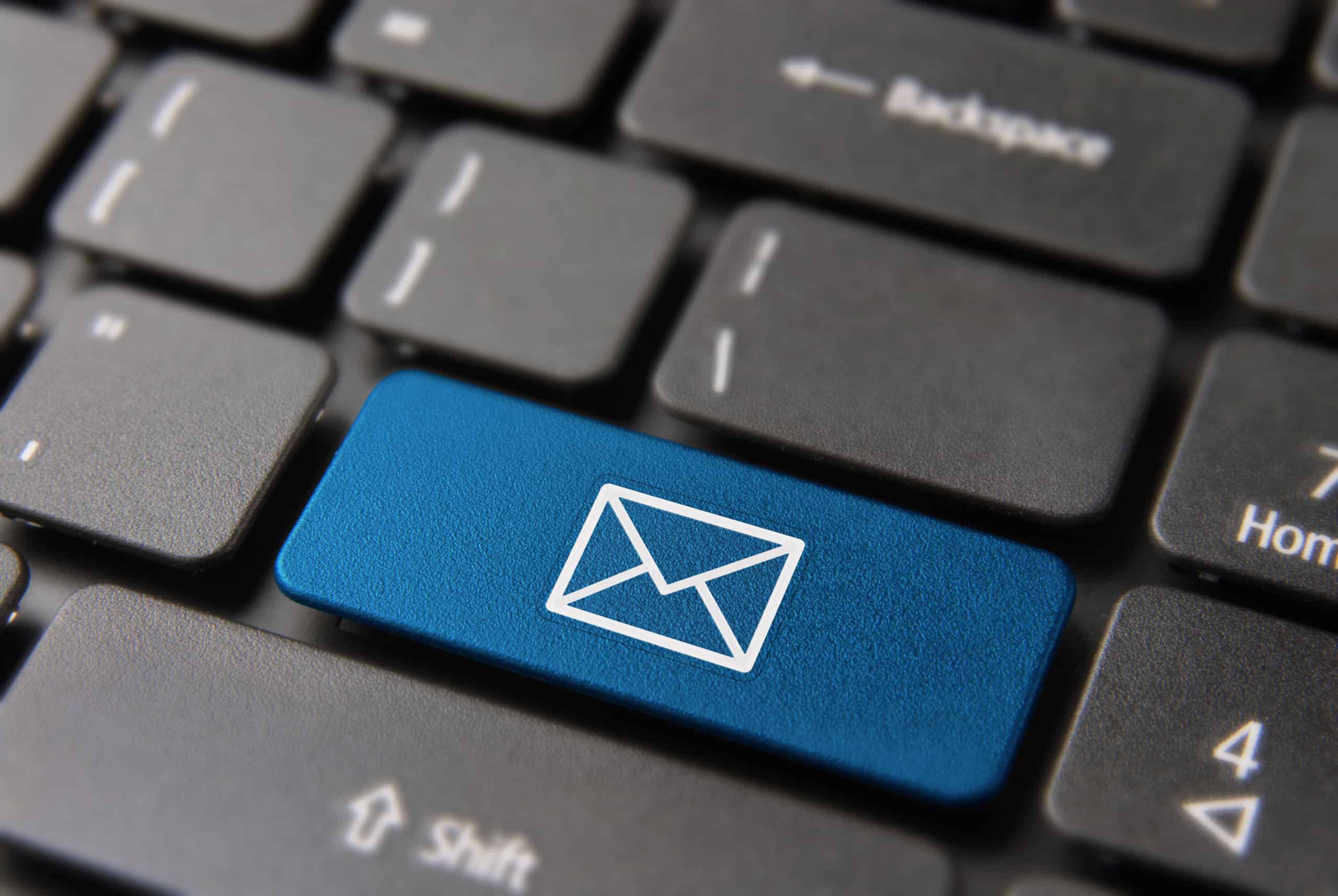Automated email surveys are especially effective at capturing feedback and information from customers. Thus, using properly-developed questions and targeted delivery, businesses can take advantage of emailed surveys to improve their goods, services, and clients’ satisfaction. Here is how the use of email templates can be done to ensure the organization gains useful insights about the customers.
![]()
- Designing Your e-mail surveys
Choosing the Right Questions:
While formulating questions, the messages should include a large quantity of questions that allow recipients to provide detailed answers, and, at the same time, several questions that can be answered definitively.
Keeping it Short and Engaging:
If the questionnaire is very lengthy, the customers will not find time to complete the email questionnaires. Choose simple wording and do not use terms which may be unfamiliar to the recipients in order to maximise the completion rates.
Using an Email Template:
For our surveys email, it is recommended that you use a generic message that will be sent to all the recipients. This template should be attractive to the eye and portray the image of your brand.
- Timing and Distribution
Choosing the Right Time to Send:
This is an important consideration since the timing can directly impact your response rate. The best time to send out the surveys is when the customer has just engaged in your service.
Segmenting Your Audience:
Focussing on age, sex, previous purchase history and the behaviour of the customers ensure that the contents of the survey reflect on the experience that the customers have undergone through. Such specifications can also play a role in providing more specific and useful data.
Frequency of Surveys:
It is recommended to space out your surveys in a proper manner so that you can keep your customers interested without putting too much pressure on them.
- Increasing Response Rates
Incentivizing Responses:
Use of incentives can help in raising response rates. Make sure to award customers who filled your email questionnaires with a discount code or entry into a giveaway or an exclusive content download.
Clear Call-to-Action:
Depending on the goals set for the survey, your email should have an obvious and persuasive call to action that leads to the survey.
Follow-Up Emails:
Customers who have not completed the survey can be followed up with a gentle reminder, which can increase the response rates. However, don’t do this frequently in order not to spam them although you can initiate the conversation.
- Feedback Analysis and Response
Analyzing Survey Data:
The initial phase of data analysis involves identifying patterns and information features from the collected data. Utilize tools to analyze the data to segment it and use graphical presentations to show the trends which could help in decision-making.
Acting on Customer Insights:
The purpose of the email feedback survey is simply to make change happen. Regardless of whether it is done to improve a product, to increase customer satisfaction or to optimize a user experience, one must always ensure that all changes made based on customer feedback are documented and fed back to the customer to increase the perceived satisfaction.
Sharing Results with Stakeholders:
Disseminating the course of action to the significant stakeholders enhance transparency and also helps to check with other interested parties regarding the next line of action.

Practical Tips for Email Surveys:
- Personalize the Greeting: By addressing the recipient with their name in the greeting section, they are more likely to respond to the survey.
- Optimize for Quick Loading: Make sure that your survey takes a short time to load to avoid clients leaving halfway through.
- Thank Them: The last message is always a thank-you message for their time to take the survey.
Steps to Creating an Effective Survey:
1.Define the Purpose of Your Survey: Determine specific goals regarding what you hope to gain from the survey.
- Develop Questions That Align with Your Objectives: Develop questions that will respond to your survey with ease and create questions that are in tune with the aims of the survey.
- Choose an Appropriate Email Template: Choose the type of template that is close to the topic of the brand and looks attractive. It must also be optimized for any device the recipients are using and the survey link should also be clearly visible and easily accessible.
- Segment Your Audience and Schedule the Distribution: Segment your audience based on customer behaviours, location, history, etc. Timing the sending of the surveys during the time when they are likely to access them, thus increasing response rates.
- Analyze the Responses and Plan Your Next Steps Accordingly: Utilize data analysis tools to analyze the outcomes, define patterns, and make meaningful conclusions.